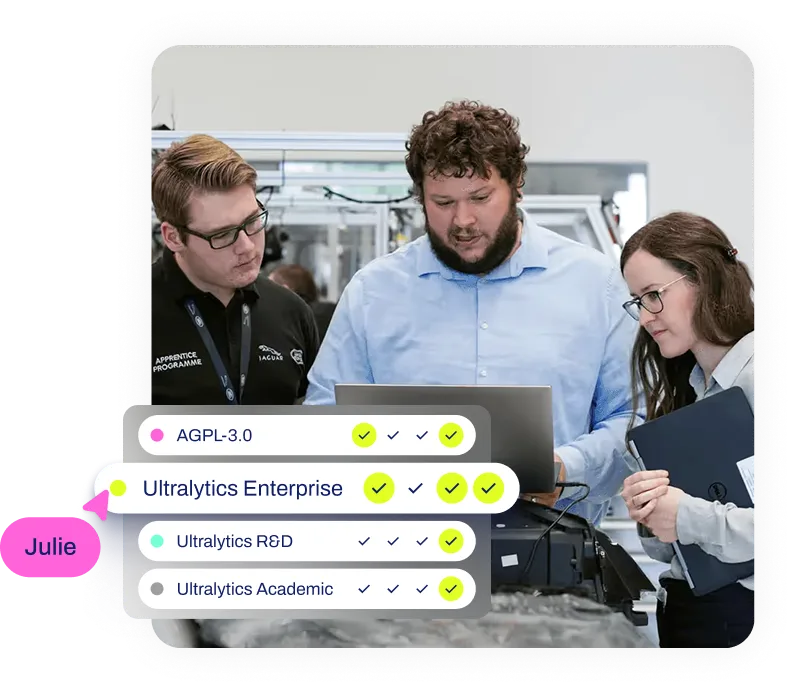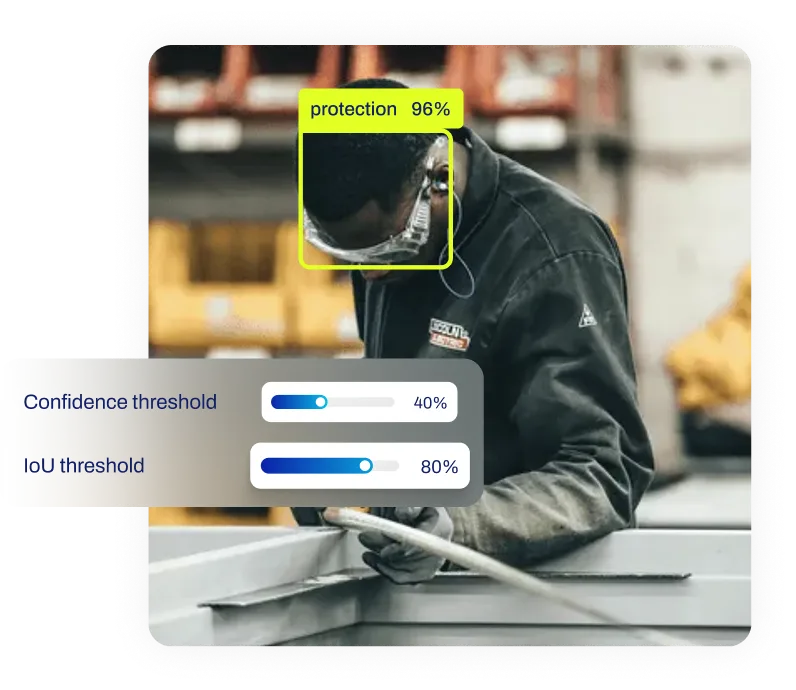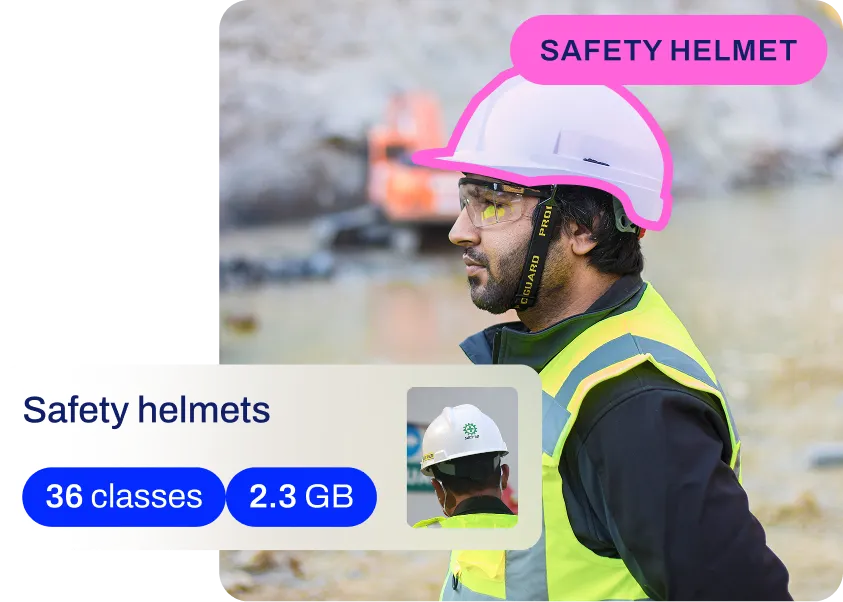Reformer
Discover the Reformer model: a groundbreaking transformer architecture optimized for long sequences with LSH attention and reversible layers.
The Reformer is a highly efficient architecture designed to improve upon the standard
Transformer model by significantly reducing memory
consumption and computational costs when processing very long sequences. While traditional Transformers revolutionized
Natural Language Processing (NLP),
their memory usage scales quadratically with sequence length, making them expensive to run on long documents. The
Reformer addresses this bottleneck, enabling the processing of sequences up to 1 million tokens on a single
GPU (Graphics Processing Unit),
opening new possibilities for research in
Deep Learning (DL).
Core Innovations Behind the Reformer
The Reformer introduces two primary techniques to achieve linear complexity $O(L)$ rather than quadratic $O(L^2)$,
allowing it to handle vast amounts of data more effectively than its predecessors.
-
Locality-Sensitive Hashing (LSH)
Attention:
In a standard attention mechanism, every
token attends to every other token, which is computationally heavy. The Reformer uses LSH to group similar vectors
into buckets. Attention is then computed only within these buckets, approximating the full attention matrix with
high accuracy but at a fraction of the cost. This allows the model to focus on relevant parts of the input without
scanning the entire sequence.
-
Reversible Residual Layers: Training deep
neural networks typically requires storing
activations from each layer to compute gradients during
backpropagation. The Reformer utilizes reversible
layers, which allow activations to be recomputed on the fly during the backward pass rather than stored in memory.
This innovation makes the model much more memory-efficient, enabling the training of much deeper networks.
Real-World Applications
The ability to process extensive contexts makes the Reformer distinctively useful for tasks where understanding the
global structure of data is crucial.
-
Genomic Analysis:
DNA sequences consist of millions
of base pairs, where distant elements can influence each other. The Reformer can ingest these long sequences to
identify gene functions or predict protein structures, a task that is often too memory-intensive for standard models
like
BERT.
-
Long-Document Summarization: In the legal and financial sectors, professionals often analyze
documents that are hundreds of pages long. Reformer-based models can process entire books or legal contracts in a
single pass to perform text summarization or
question answering, maintaining coherence over long distances unlike
Recurrent Neural Networks (RNNs)
which may struggle with vanishing gradients.
-
High-Resolution Image Generation: By treating pixels as a sequence, the Reformer can be applied to
image generation tasks, creating coherent
high-resolution visuals pixel-by-pixel without running out of memory.
Distinction from Related Terms
It is important to distinguish the Reformer from other sequence models. While
Longformer also targets long sequences, it uses a
sliding window attention mechanism combined with global attention. In contrast, the Reformer relies on hashing (LSH)
to find relevant tokens dynamically. Additionally, while
YOLO11 is optimized for speed in
computer vision, the Reformer is optimized for
memory efficiency in sequence modeling. However, both share the goal of maximizing performance on constrained
hardware.
Implementing Efficient Inference
While the Reformer is a specific architecture, the concept of efficient inference is universal in AI. The following
example demonstrates how to perform efficient inference using ultralytics on a video stream—a form of
sequence data—where optimizing for speed and memory is critical.
from ultralytics import YOLO
# Load the YOLO11n model, optimized for speed and efficiency
model = YOLO("yolo11n.pt")
# Run inference on a video source (treating frames as a sequence)
# stream=True uses a generator to process frames one by one, saving memory
results = model.predict(source="https://ultralytics.com/images/bus.jpg", stream=True)
for result in results:
# Process each frame's detection results efficiently
print(f"Detected {len(result.boxes)} objects in current frame.")
Understanding architectures like the Reformer is essential for navigating the
evolution of AI, as they push the boundaries
of what is computationally feasible with
Artificial Intelligence (AI). For more
on efficient model training, explore the Ultralytics Guides.












